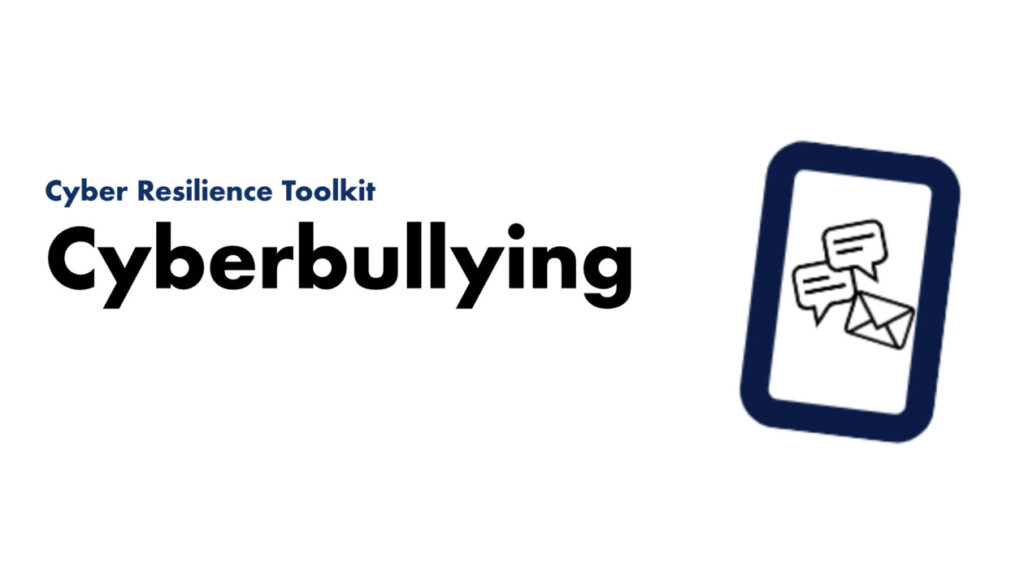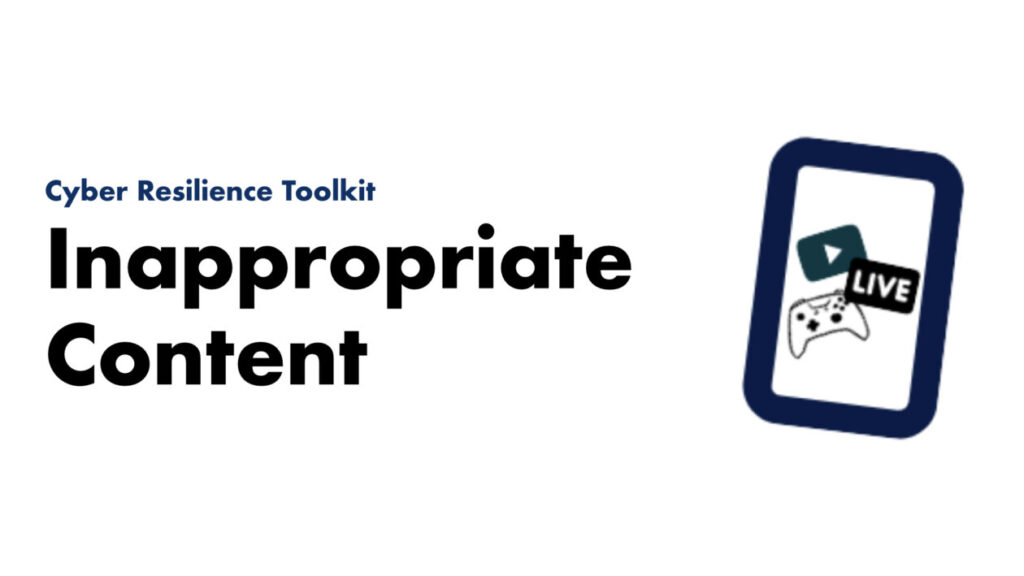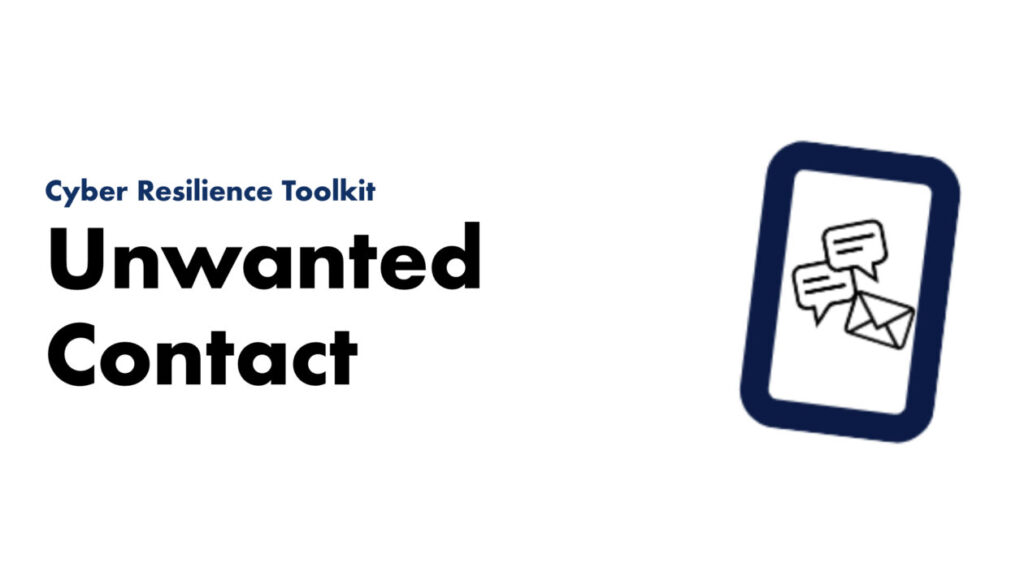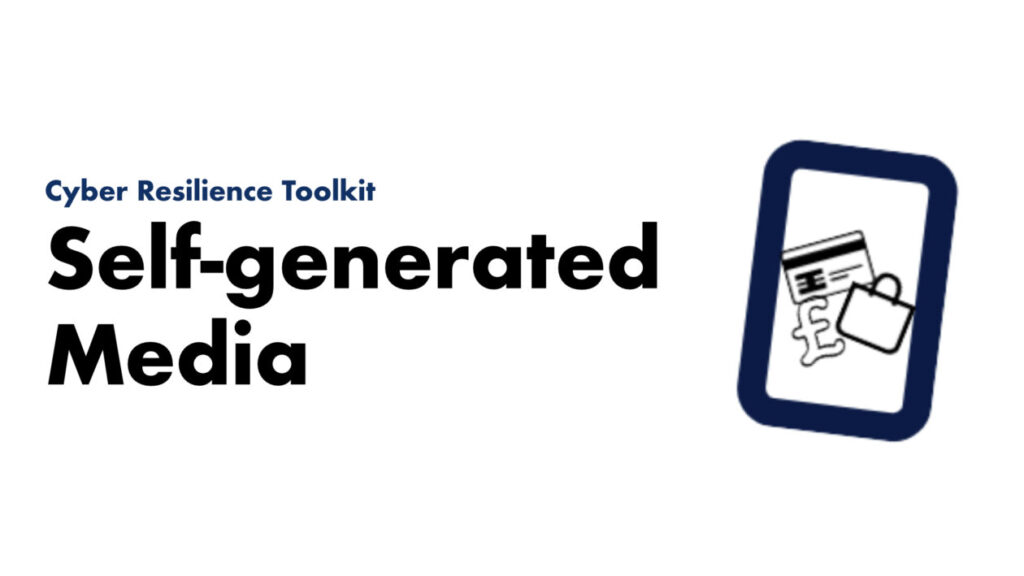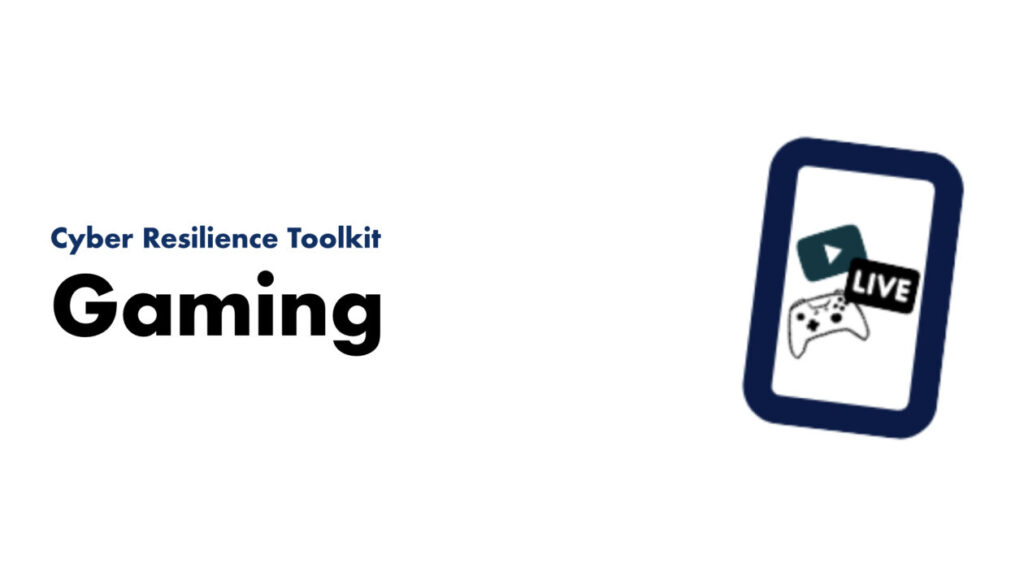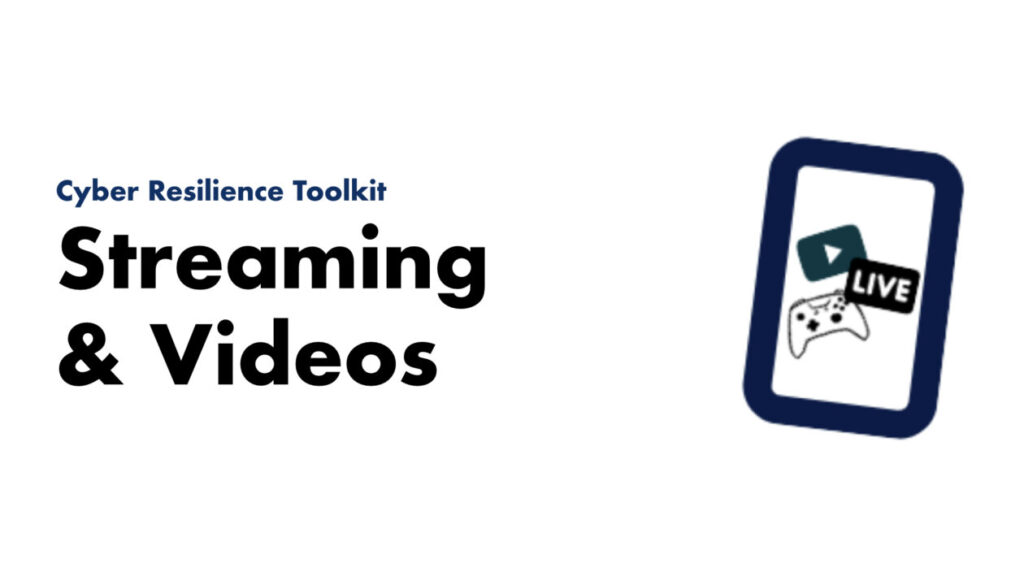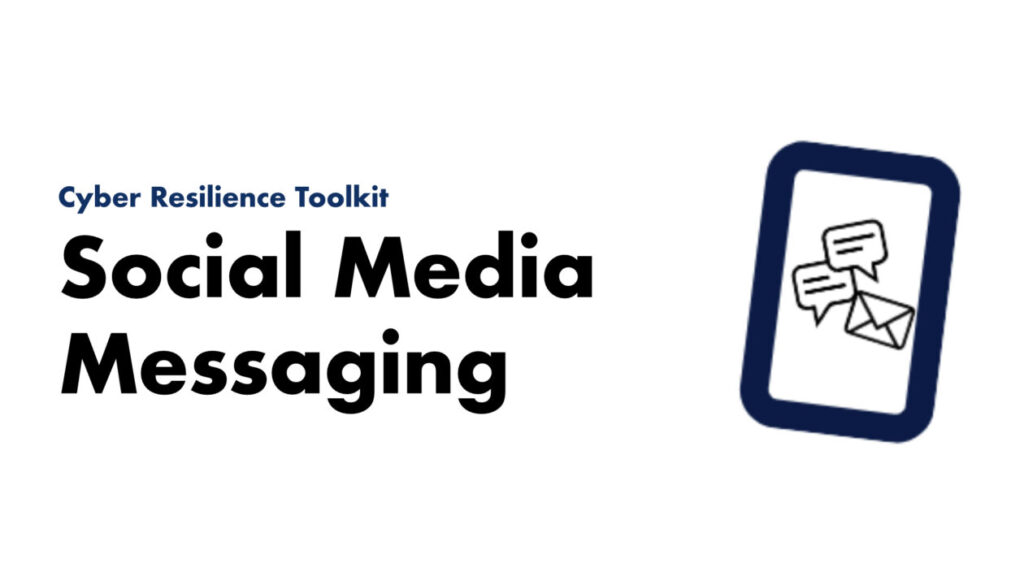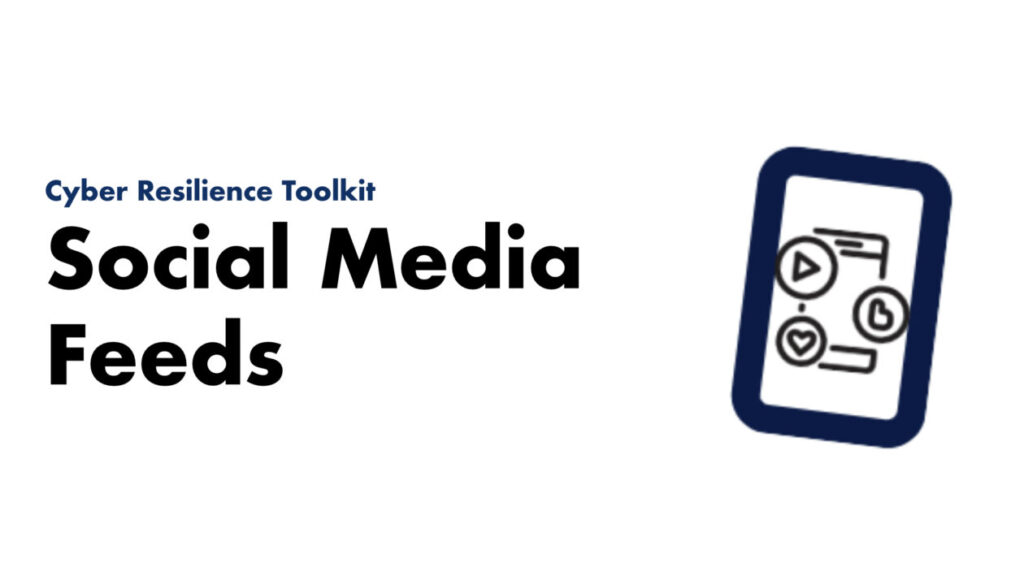go to cyber resilience toolkit home
Cyberbullying is a potential harm to children and young people online. It is classified as a communication risk as it involved at least one other person interacting with the user. (def, date)
“It is important not to get too hung up on the fact that your child has experienced bullying online, but to recognise that they have been bullied and need the same support as they would if they had experienced any other type of bullying. Take their concerns seriously, remain calm, and consider what they would like to happen.” Respect Me
Respect Me, Scotland’s national anti-bullying charity, defines bullying as:
“… a mixture of behaviours and impacts; what someone does and the impact that it has on you, which affects your ability to feel safe and in control of yourself. Bullying behaviour happens face to face and online and can include:
- Being called names, being teased or made fun of
- Being hit, pushed or kicked
- Having your belongings taken or damaged
- Being ignored, left out, or having rumours spread about you in
- Being humiliated
- Receiving abusive messages or having nasty comments made about you online
- Being targeted because of who you are or how people see you“
Cyberbullying is bullying that involves the internet and internet-enabled devices, such as mobile phones and computers. This can include the bold text in the list above.
Supporting children and young people to reduce and manage risks, and report potential harms
Learners should learn:
- to be respectful, responsible and confident
- skills and knowledge to use digital devices and platforms confidently to reduce risks
- who and where to find support from
- consistent approaches to prevention, such as learning digital skills to setup and manage devices and accounts
Further information

